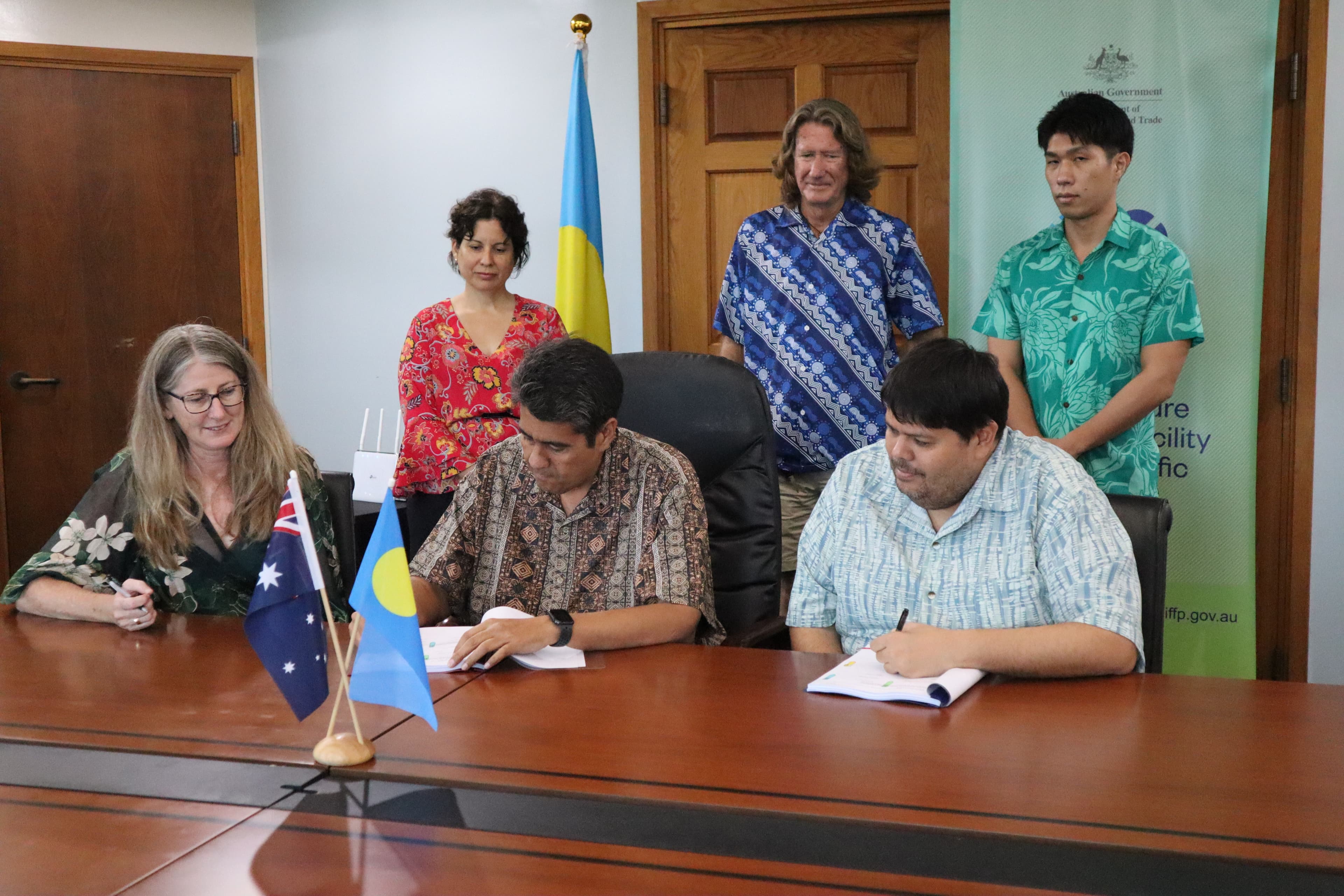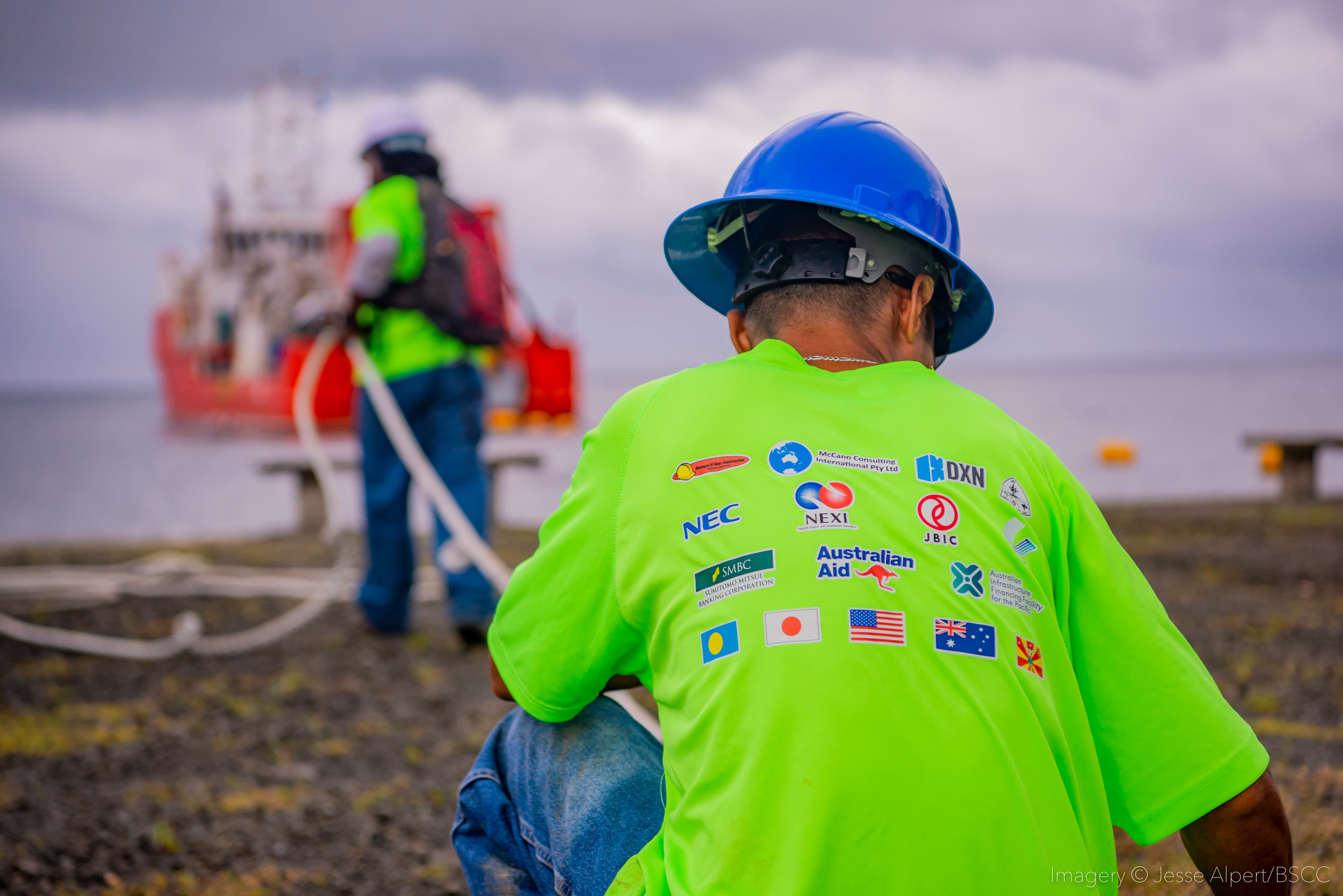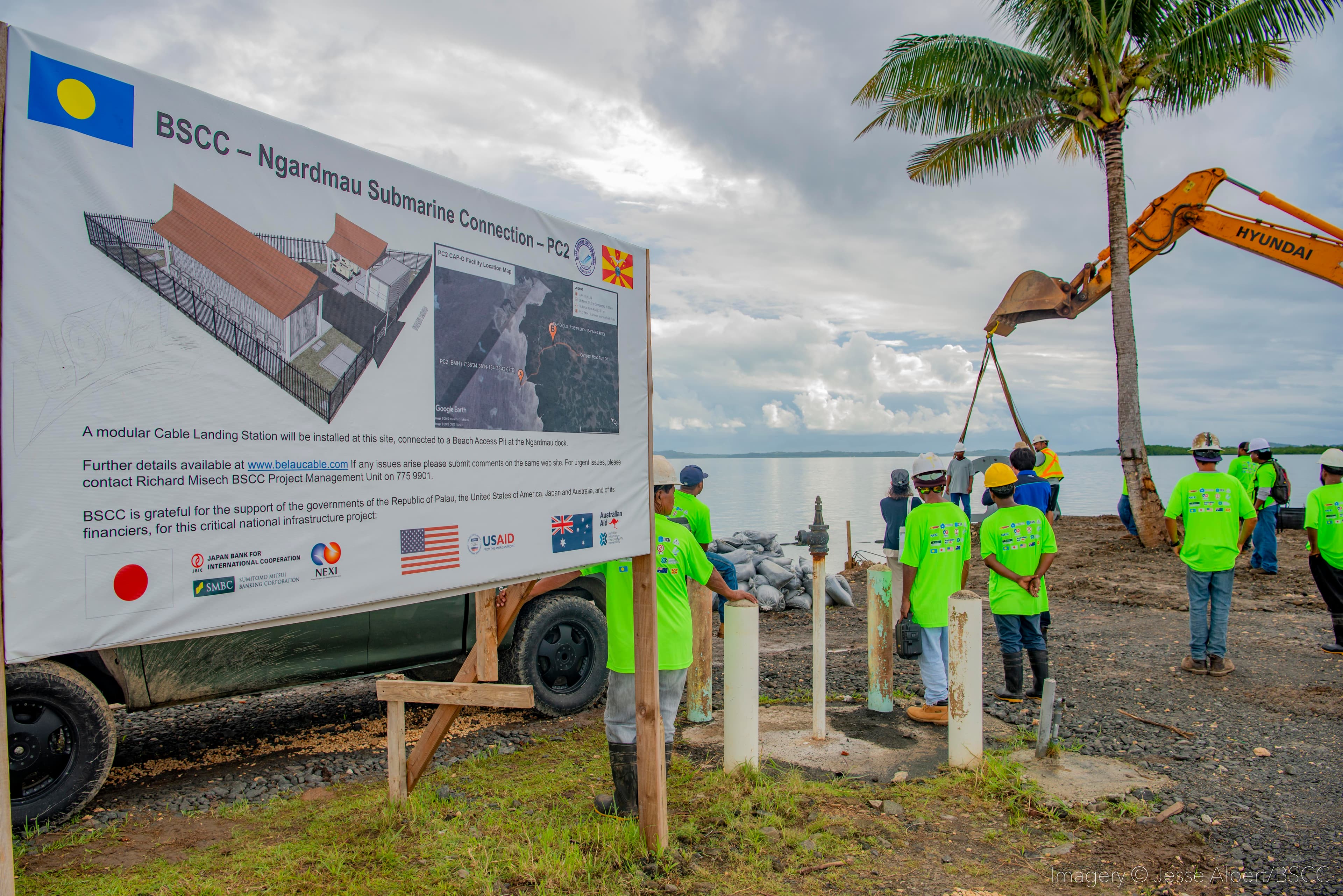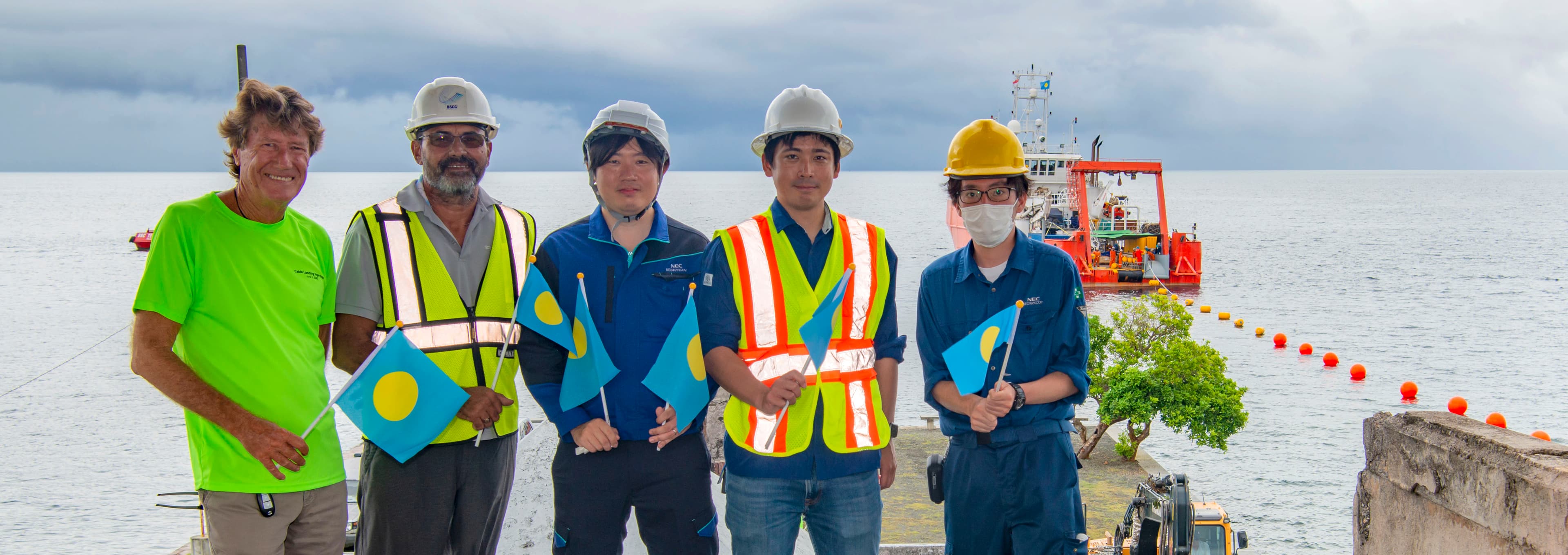Belau Submarine Cable Corporation’s project to develop a second international submarine cable for the tiny Pacific Island nation of Palau, PC2, grew out of a realisation that by mid-2018, traffic growth on the first cable (PC1, completed in December 2017) was already testing the limits of what could be backed up by satellite links.
Experiences in other island nations connected by a single cable link showed just how devastating an outage could be on the economy and on society generally. A second cable connection was imperative for resilience. To keep costs within the means of a micro-economy like Palau’s, submarine cable systems are built to connect to a passing trunk cable through a Branching Unit. PC1 was a 207 km link to the SEA-US cable system linking Philippines and Indonesia to the USA, via Guam. PC2 would be a 140 km link to the ECHO cable system linking Singapore and Indonesia to the USA.














